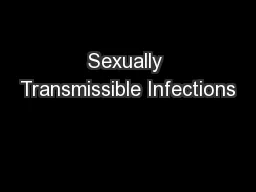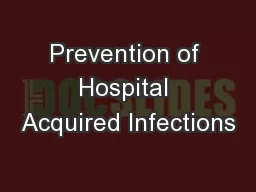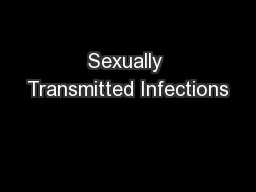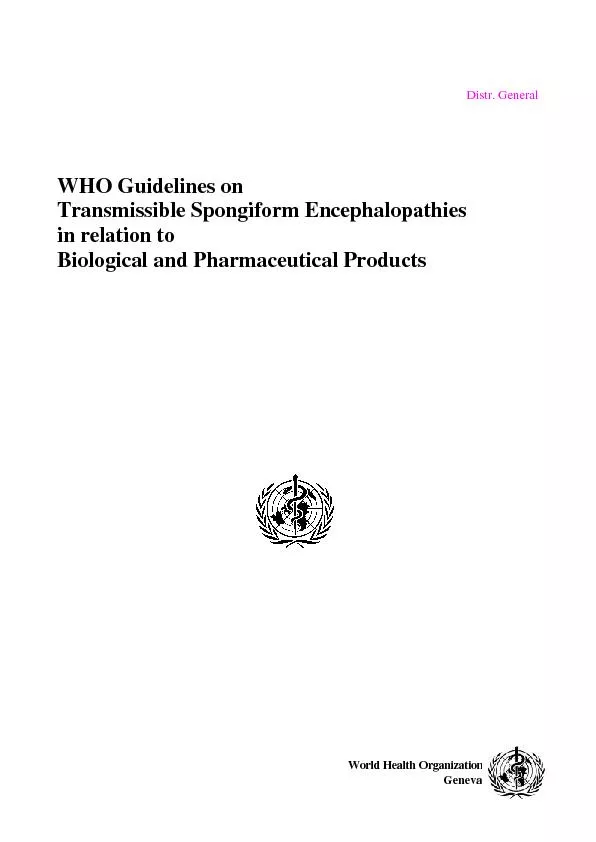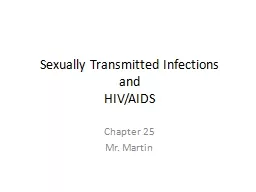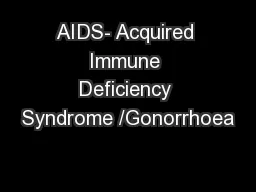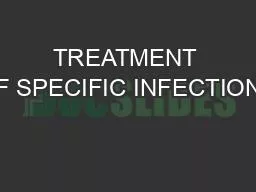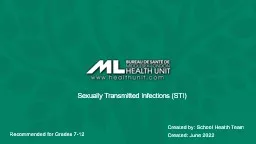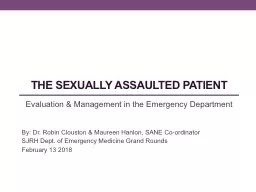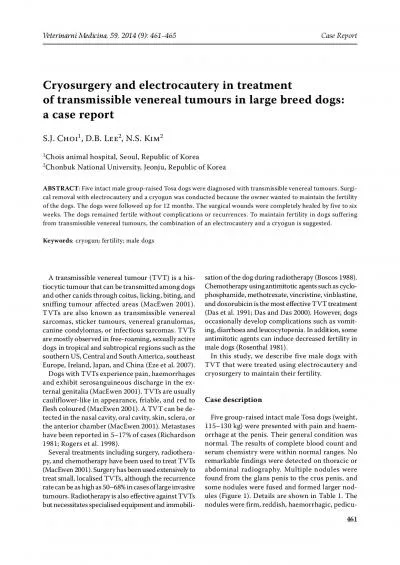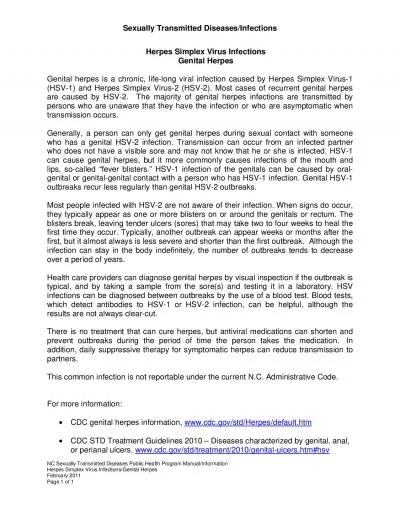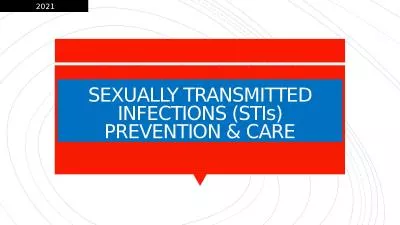PPT-Sexually Transmissible Infections
Author : liane-varnes | Published Date : 2018-12-20
2017 Sexually Transmitted Infections Key Messages Sex should be a positive experience STIs are a possibility when engaging in sexual activity STIs can be spread
Presentation Embed Code
Download Presentation
Download Presentation The PPT/PDF document "Sexually Transmissible Infections" is the property of its rightful owner. Permission is granted to download and print the materials on this website for personal, non-commercial use only, and to display it on your personal computer provided you do not modify the materials and that you retain all copyright notices contained in the materials. By downloading content from our website, you accept the terms of this agreement.
Sexually Transmissible Infections: Transcript
Download Rules Of Document
"Sexually Transmissible Infections"The content belongs to its owner. You may download and print it for personal use, without modification, and keep all copyright notices. By downloading, you agree to these terms.
Related Documents

